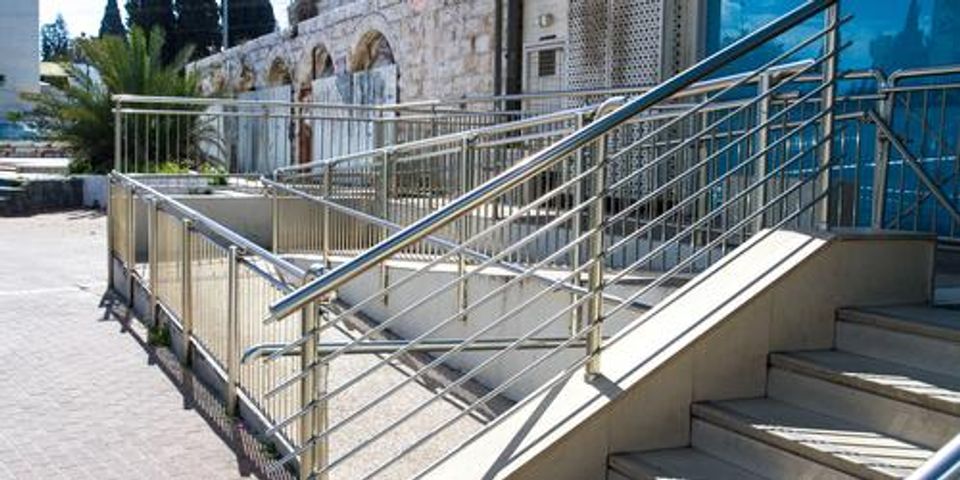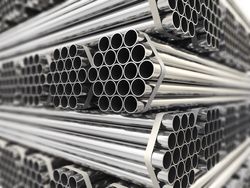Everything You Need to Know About the Passivation of Stainless Steel

While stainless steel is naturally corrosion-resistant, it’s not entirely impervious to corrosion. Luckily, many manufacturers utilize passivation to protect the material from rust. But what is this process, and why is it so beneficial? To better understand why passivation is utilized so often, consult the guide below.
Why Is It Necessary?
Contrary to popular belief, even stainless steel can develop spots of rust without proper maintenance. In fact, the material is only "stainless" because of the protective chromium oxides on the surface. If the material sustains mechanical, chemical, or heat damage, those oxides can wear away, which makes the metal vulnerable to rust. Passivation mitigates these risks by coating the steel and reducing its chemical reactivity.
What Is the Process?
 Passivation is accomplished by dipping stainless steel parts in a bath of nitric or citric acid. This solution rids the surface of any free irons or other foreign contaminants, cleaning the metal and re-oxidizing the chromium. The item is placed in this acidic passivating bath for about 20 to 30 minutes. Next, the parts are dipped in a neutralizing bath of sodium hydroxide before being rinsed with water and dried.
Passivation is accomplished by dipping stainless steel parts in a bath of nitric or citric acid. This solution rids the surface of any free irons or other foreign contaminants, cleaning the metal and re-oxidizing the chromium. The item is placed in this acidic passivating bath for about 20 to 30 minutes. Next, the parts are dipped in a neutralizing bath of sodium hydroxide before being rinsed with water and dried.
While nitric acid is one of the most popular ways to passivate stainless steel, it’s not the only solution. Any method that removes all dirt, oils, and oxides from the surface and cleans down to the bare metal will help.
If you need top-quality stainless steel for a commercial project, turn to American Metal Supply in Louisville, KY, and Cincinnati, OH. With an extensive range of products and effective processing services, they have what it takes to satisfy all your business’s needs. To discuss your project with a team member, call their Louisville location at (502) 634-4321 or their Cincinnati facility at (513) 396-6600. For more information on their services, visit their website.
About the Business
Have a question? Ask the experts!
Send your question

